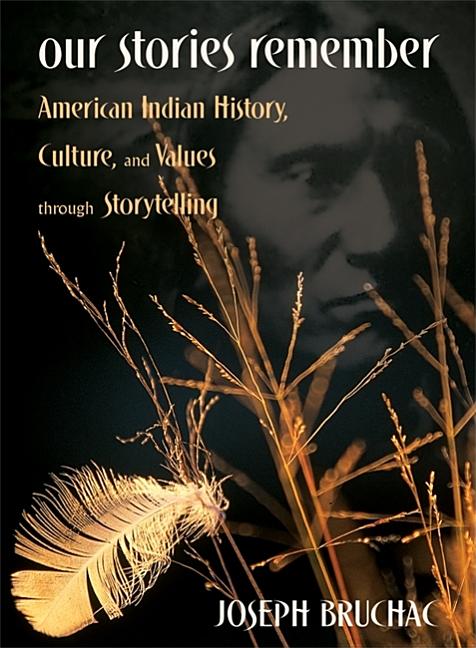Book Description
for Our Stories Remember by Joseph Bruchac
From Cooperative Children's Book Center (CCBC)
“I cannot stress enough that there is really no such thing as the American Indian or the Native American. Seeing all Indians as being alike is as foolish as not being able to see them at all,” writes Joseph Bruchac in his introduction to this invaluable resource for secondary students and teachers. Bruchac goes on to note that there are some commonalities among Native peoples in North America, and it those commonalities he explores in this volume that offers insight into Native history, Native ways of thinking and being, and Native life today. But it is in providing specific stories and experiences of diverse Native peoples that the author creates a sense of these commonalities, which range from their post-colonial history in America, including the Indian boarding school experience, to their shared views of the circularity of existence. Modeling the way that Native cultures use stories as a means to educate and entertain, Bruchac relates traditional tales from many American Indian cultures, historical accounts of events, and anecdotes shared by people he knows as he discusses everything from Native beliefs about family, nature, and spirituality, to experiences with the first Europeans, treaties, Indian boarding schools and much more. His narrative is always engaging and often thought-provoking. Bruchac never shies away from saying what needs to be said—what non-Native readers need to know in order to gain a better understanding of Native experience and perspectives. Every chapter ends with a short bibliography of suggested reading, volumes published for adults that offer additional understanding and insight into that particular aspect of Native history or contemporary life. (Age 16 and older)
CCBC Book of the Week. © Cooperative Children's Book Center, Univ. of Wisconsin - Madison, 2004. Used with permission.


